Cold accumulators are cooling elements that can maintain a low (warm) temperature in a special bag or container. Such sources are irreplaceable when hiking and when transporting medicines and vaccines that require temperature control.

The cold accumulator is a plastic sealed container, inside of which there is a special substance. The filler can be:
- gel;
- salty water;
- silicone-containing composition.
When choosing a device, you need to focus on the size of the bag that is supposed to be used for storing refrigerated or frozen products, and take into account the features of the specific type of filler.
The most important element in storage units is considered to be the “filling”, since it is its properties that determine whether the food will remain fresh or not. There are several types of cold accumulators sold in stores: some of them are recommended for use for hot products, others for cold ones, and others for frozen ones.
Properties of cold sources
For the production of the storage devices in question, only safe polymer materials that do not threaten human health are used. The capacity of magazine devices is generally from 0.25 to 0.8 liters.
The use of a film surface allows you to give sources that have not yet frozen the desired shape. In addition, temperature changes do not have a negative impact on them.
The outer part of the gel devices is made of film, and the substance of the same name, which has high thermal conductivity, is used as a filler.
The use of gel cold sources allows you to create an area of low temperatures (inside the container, bag), as well as maintain a certain temperature of the products, so that they can remain warm longer.
Carboxymethylcellulose, which is a gel-forming substance, in case of damage to the film and accidental contact with food or medicine, does not spoil them and does not have a negative effect on the human body.
Salt storage tanks are distinguished by their ability to maintain temperatures within the range from -20 to +8 degrees. However, they are not suitable for long-term storage, since their charge only lasts for a day. The outer part is hard and made of plastic. Inside the container is an aqueous solution of salt.
When choosing water-salt devices, you need to remember that the seal of the plastic container may be broken, and the liquid may leak into the bag and thereby spoil the food.
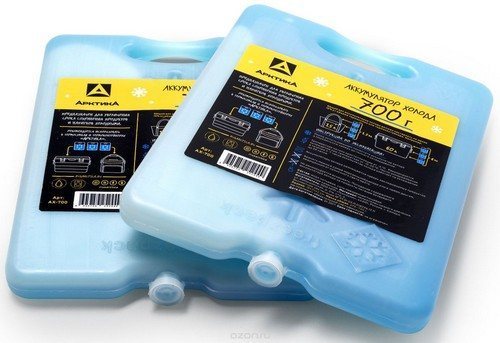
A silicone cold storage battery has a number of advantages: the material used for its manufacture is quite durable, and the filler contains polymers containing silicon crystals. The temperature in the bag when using storage devices of this type remains within the range of 0 to 2 degrees for quite a long time (up to 160 hours).
If you are planning a long trip, as well as transporting perishable foods and medicines, the storage of which is possible only at certain temperatures, preference should be given to more reliable sources. If necessary, you can put several drives in one bag.
How to use cold accumulators
The operating principle of the devices in question is the same for all types of batteries. They need to be “charged” before use. For this purpose, the element should be placed in the freezer and left there for about 8 hours (until completely frozen).
If the gel source is to be used as a heater, it must first be “charged” with heat in a microwave oven.
Long-term storage of the battery at low temperatures does not damage it. On the contrary, while the element in question is not in use, it is better to keep it in the freezer of the refrigerator. Constant temperature, as well as less frequent recharging, can extend the service life of the element.
After the cold supply has been used up, the device must be thoroughly rinsed with water, dried and placed in the freezer. It is advisable to carry out this procedure after each use, since the surface of the battery becomes dirty due to the condensation that forms, and due to its close proximity to food, it can become saturated with various odors.
Alternative to factory batteries
Do-it-yourself cold storage devices are, of course, inferior in their properties to factory-made devices. But, if the planned trip does not take much time, they can be quite useful.
The simplest option for a cold source at home is frozen water in a bottle (both plastic and glass will do). This type of battery has a big drawback: the ice melts quickly, as a result of which the low temperature in the insulated bag does not last long. The best performance of a homemade invention can be achieved by adding salt or alcohol to the water.
So, the materials at hand needed to make a cold storage tank:
- plastic bottle;
- water;
- salt or alcohol.
The approximate ratio of the last two is 10:3 (for example, 100 g of water and 30 g of salt). The freezing point of such a liquid is about -20 degrees. If it does not freeze for a long time, you need to drain a little of the solution and add clean water.
The thermal conductivity of a concentrated aqueous salt solution is approximately 236 kJ/kg. This value is not a limit: it can be increased, but the freezing temperature of the composition will decrease.
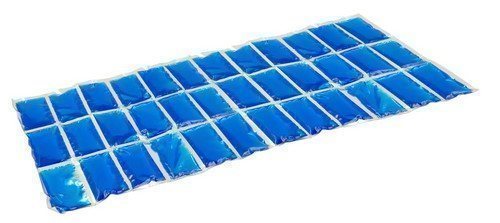
If you add wallpaper glue or gelatin to the salt solution (the consistency of the solution should be similar to a gel), the resulting battery will melt more slowly compared to previous versions of the devices. For greater efficiency, homemade batteries should be placed at the bottom of the bag and on top of its contents. If necessary, you can additionally place them between products.
The composition of fillers in factory batteries is determined using special formulas. Therefore, the parameters of such devices differ significantly from home inventions. However, homemade batteries can be useful in cases where there is no factory-made device, but you need to travel and carry groceries or medicine.
Where can you use a cold accumulator?
There are also cold sources used as trays. Food and drinks placed on them are either cooled or remain warm longer.
Cold storage units are also indispensable in the event of a power outage. The elements in the freezer or refrigerator release the accumulated cold, thereby slowing down the defrosting process for one day.
Cold accumulators in the freezer are needed not only in emergencies, but also on ordinary days. Their presence leads to an increase in the degree of freezing of products placed in the chamber.
When choosing a cooling element, you first need to answer the questions for what purpose it will be used and how long the device will operate for. Only after this will it be clear whether a factory-made (gel, silicone, water-salt) or home-made cooling element is needed.


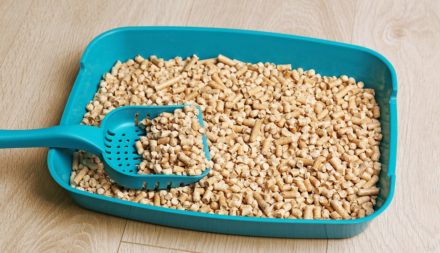

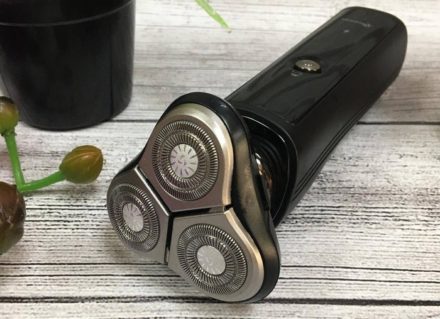
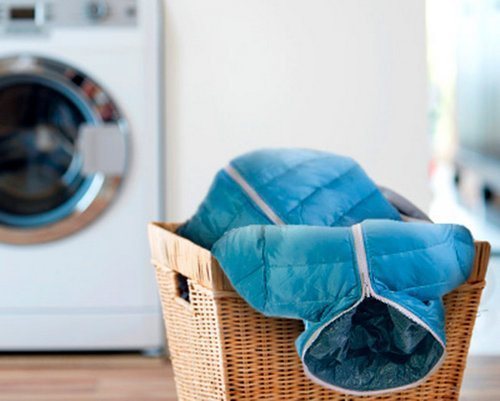


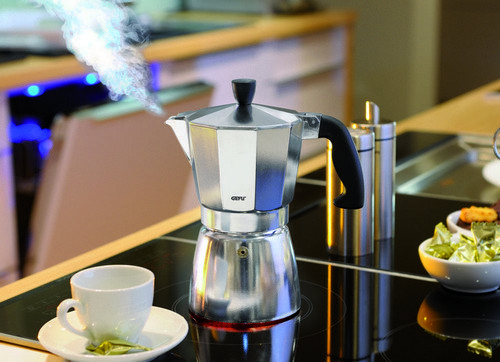
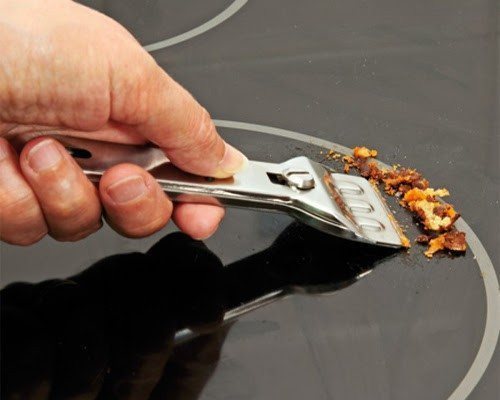
What kind of deer wrote the article? Ice will simply break a glass bottle...